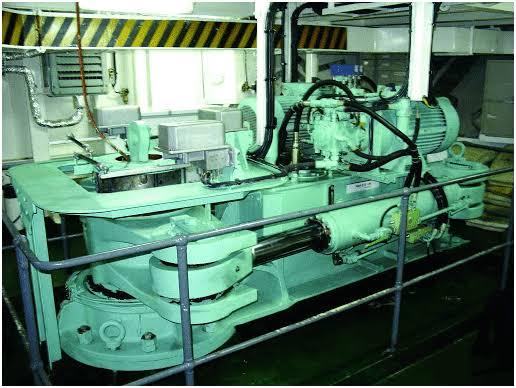A ship gearing system is a critical component in the propulsion system of a vessel, enabling efficient transfer of power from the engine to the propeller. It consists of a series of gears that adjust the rotational speed and torque between the engine and the shaft, allowing the engine to operate within its optimal performance range while matching the required speed for the ship's movement. The gearing system is typically housed in a reduction gearbox, which reduces the high-speed rotations of the engine to the lower-speed rotations required to turn the propeller efficiently.
The ship's main engine generates a high amount of power at relatively low revolutions per minute (RPM), while the propeller requires a much slower, but higher-torque speed to propel the ship forward. The gearing system ensures this power conversion by reducing the engine’s output speed and increasing the torque, enabling the propeller to move effectively through the water.
There are different types of gearing systems used in ships, including single-stage reduction gears, multi-stage reduction gears, and planet gears. Multi-stage reduction gears, for example, are used on larger vessels that require significant power output. The system can also include reversing gears, which allow the ship to change direction by altering the flow of power to the propeller. This functionality is essential for maneuvering, docking, or when the ship needs to reverse.
High-quality ship gearing systems are designed for durability and reliability under demanding maritime conditions. They are built to withstand the constant vibrations, heat, and mechanical stresses encountered in marine environments. In addition to providing efficient propulsion, modern ship gearing systems often include advanced features such as automated monitoring and control systems, allowing operators to track performance, ensure smooth operation, and detect any potential issues before they become major problems.
Ultimately, a well-maintained ship gearing system plays a vital role in optimizing fuel efficiency, reducing operational costs, and ensuring the overall performance and safety of the vessel.
